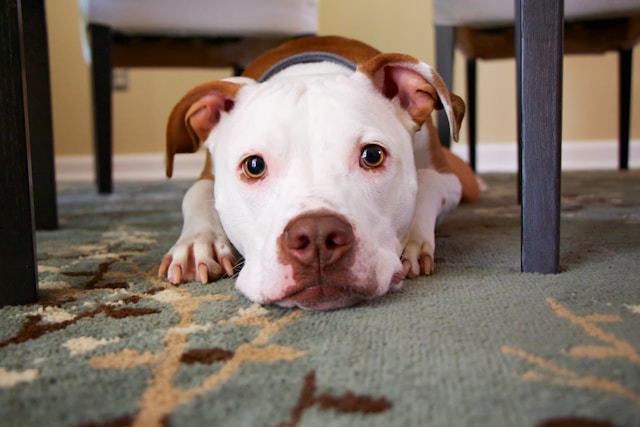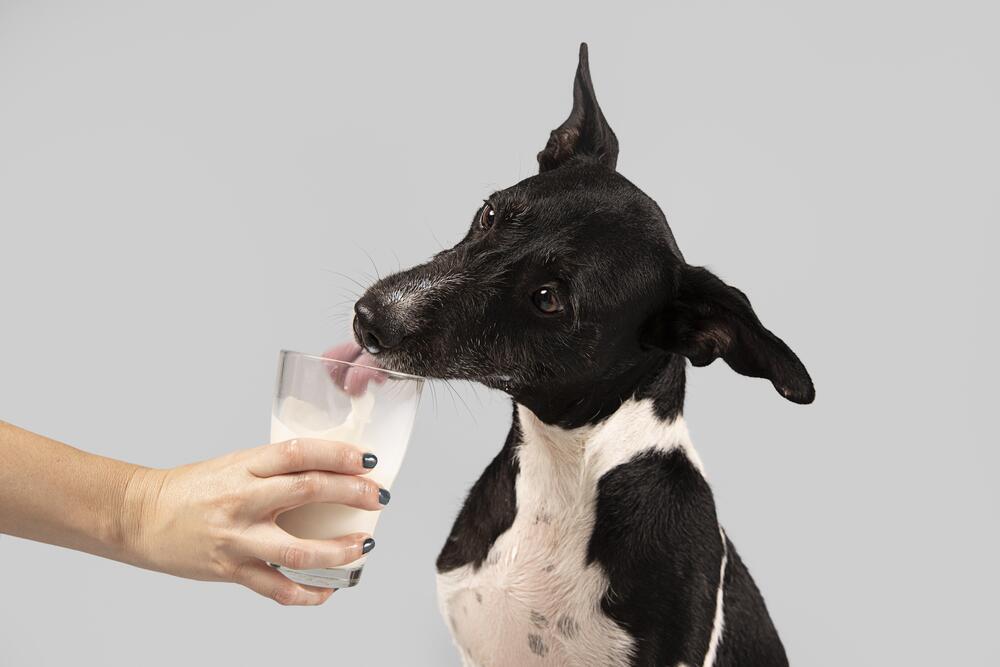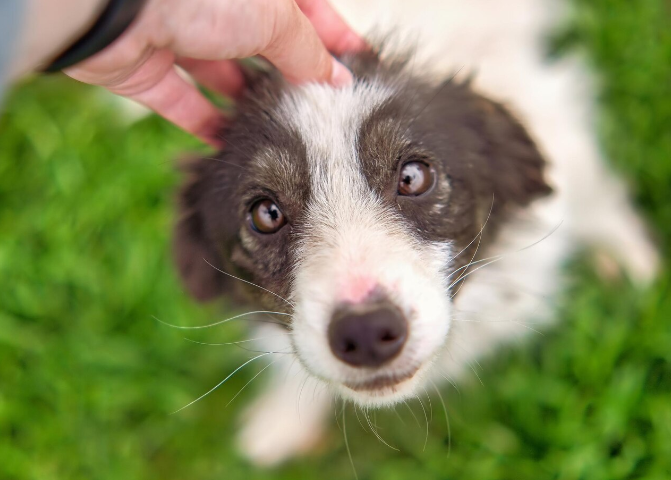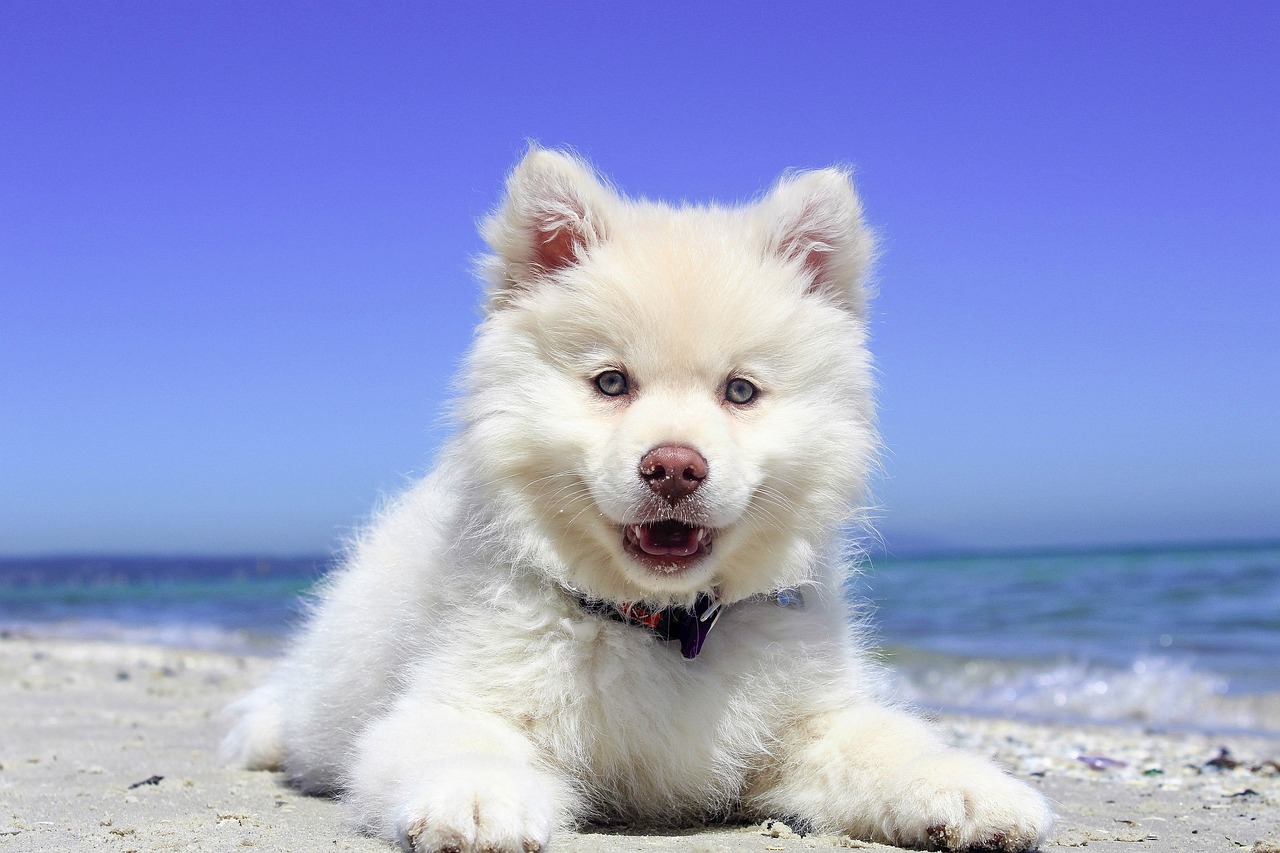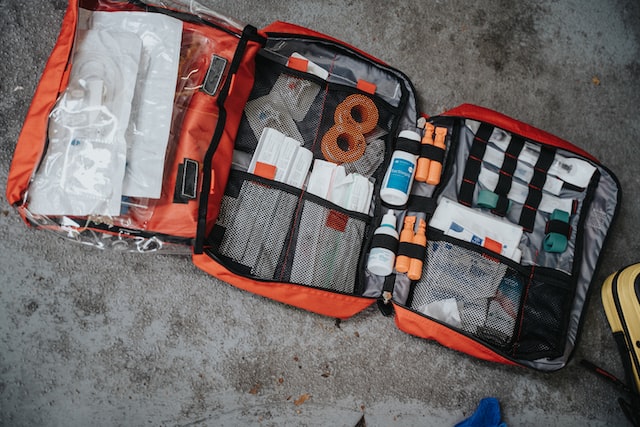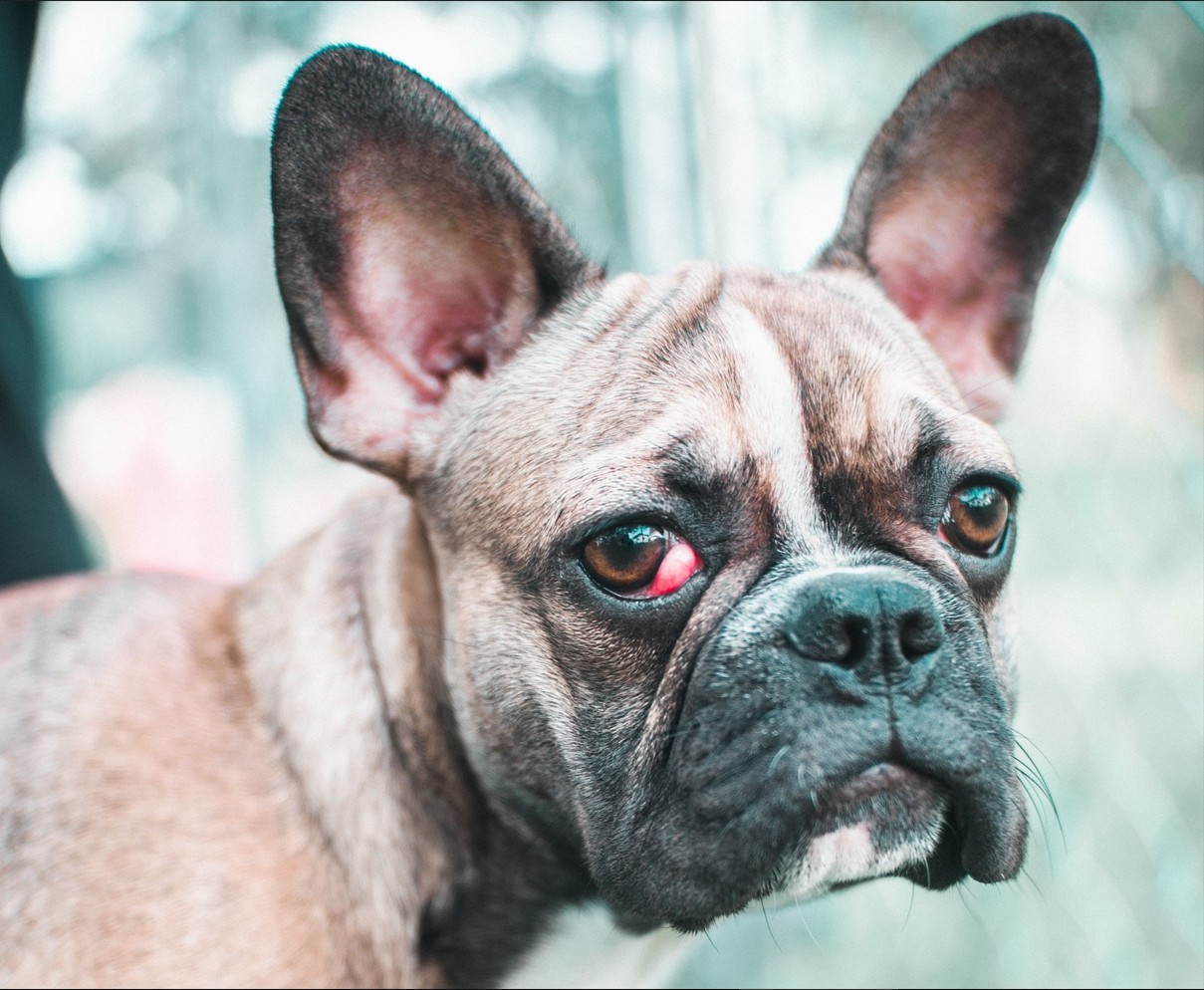
What is a Red Eye?
Redness and inflammation may affect one or both eyes of your dog. The causes can vary from an allergic reaction to glaucoma. Depending on the cause of the redness and inflammation your dog’s eyes may be watery and you may notice signs of discharge (wet streaks across your dog’s face). If you see redness in your dog’s eyes it is strongly recommended to visit a veterinarian as soon as possible. The red eyes of your pooch may be a sign of a severe health problem that may involve ruptured blood vessels, irritation of the surface of the eyes, and inflamed eyelid/s. The red eyes may not be a local problem but a side effect of another health problem. If you notice redness for more than 24 hours, we urge you to visit a veterinarian. In this article, we will explore the most common reasons for red eyes in dogs.
What Should You Do?
There may be a few other related symptoms to the red eyes in your dog. The first thing you should do is try to determine if your dog is simply having an allergic reaction or if the issue is much more severe. You can do that by taking a closer look at the problem area. Check for the following:
1. Cloudy cornea (surface of the eye);
2. Red mass under the eyelid/s;
3. Red spot on the white of the eye;
4. Swelling or puffiness of the eyelids;
5. Watery tearing eyes;
6. White or green discharge from the inner corner of the eye.
It is recommended that you check if your dog is trying to keep the red eye closed, if your dog is pawing at its eyes, and if your dog is squinting often. As long as there is no red mass under your dog’s eyelid/s and they are not puffy, take your furry friend to the bathroom and bathe them with soothing allergy-friendly shampoo. Dog owners have reported a positive experience with products like Nutri-Vet Dog Eye Rinse and you might already have Miracle Care Sterile Eye Wash Pads for Dogs & Cats that can help clean your pet’s eyes. Dogs love to explore and sometimes they can be overly confident which can lead to foreign objects entering their eyes.
Irritation and injury of the eyes can be caused by dirt, branches, or overly energetic play with other pets. Minor irritation can be treated at home, but if you do not see immediate relief in your dog’s posture, your dog keeps rubbing/pawing at its eyes and you see they are puffy then you will have to go to the veterinarian’s office as soon as possible.
Common Causes for Red Eyes in Dogs
Eye Injury or Trauma
This is often caused by rough play with other dogs and your dog going into bushes where it has no business going in. In this case, you may find foreign objects in your dog’s eyes as well as tearing and swelling of the area around the eye. Your dog is likely to paw and scratch at his/her eye/s.
Treatment:
Flush your dog’s eye with a pet-safe eye wash or use wash pads as mentioned above.
Allergies
An allergic reaction in your dog can make the eyes itchy, swollen, and cause tears and excessive eye discharge. The allergic reaction in dogs can be triggered by food, plants, and pesticide (and similar chemical solutions used to treat open grass). The symptoms include excessive tearing, redness around the eye, and pawing at the eyes as well as other parts of the body.
Treatment:
Make sure your dog’s bedding, food, and water bowls are clean.
After your dog returns home from the outdoors give it a bath with soothing allergy-friendly shampoo.
Ask your veterinarian about allergy testing as you might need to buy medication for your dog.
Conjunctivitis
This is an itchy inflammation of the tissue coating the eye (colloquially known as “pinkeye” or “red eye”). Sometimes it only affects one eye at a time, but it can spread to both so beware. Conjunctivitis can be induced by an allergy or a recent injury. Another reason for it can be a viral infection. In that case, you might notice a sticky, green, or yellow eye discharge as well as redness and swelling of the eye/s.
Treatment:
Use eye drops to help relieve the inflammation and buy over-the-counter antihistamines if you are dealing with an allergic response (always consult a vet in advance).
Apply a cold compress to relieve swelling.
Breed Issues
Some dog breeds are more prone to eye issues than others. These breeds include — Bulldog, Shih Tzu, Pug, Bloodhound, and Newfoundland (breeds with droopy and loose skin), as well as dogs with dense and long fur around their faces like Poodles, Maltese and Sheepdog.
How to take care of your dog’s eyes:
Regularly check your dog’s eyes and monitor signs of irritation.
Do not forget to trim and clean the area around the eyes as often as possible.
You may need to use eye drops as part of preventative care.
Corneal Abrasion
The cornea is a transparent, shiny membrane that covers the front part of the eye. Corneal abrasions are typically caused by trauma, like getting scratched while running through brushes, high grass, fields with high vegetation or irritated by dust. In addition, if your dog has Dry Eye Syndrome, the eyes may be irritated if they have not been treated properly. If your dog is suffering from corneal abrasion then you will see excessive rubbing and squinting. Your paw friend is likely to try to keep its eye closed as much as possible.
Treatment:
Consult your veterinarian and use antibiotic eye drops, ointment, and pain medication as prescribed.
Dry Eye Syndrome
This is formally known as Keratoconjunctivitis sicca or KCS. This health condition occurs when your dog’s tear ducts don’t produce enough tears. It can be caused by injury or a weakened immune system and may lead to infection or corneal abrasion as mentioned above. The dog’s eyes are likely to become red often and you will notice eye gunk and inflammation.
Treatment:
Your dog is likely to be prescribed “artificial tears” to keep his eyes clean and healthy. Artificial tears can be bought almost anywhere and they are relatively inexpensive. Their purpose is to lubricate your dog’s eyes, soothe pain from Dry Eye Syndrome and protect it from sunlight. You may also need to use antibiotic eye drops depending on your dog’s health profile.
Glaucoma
This health condition involves a buildup of fluid in the eye that causes pressure which if left untreated can cause blindness. Glaucoma can be the cause of eye redness and should be treated by a veterinarian. If you notice that your dog’s eyes are red and swollen and there is a lot of discharge, go to a vet as soon as possible.
Treatment:
The veterinarian is likely to prescribe pain medication, and eye drops and recommend surgical intervention. This is often the best solution and you will likely have to apply medication for a significant period after the surgery takes place.
Treatment Options
As mentioned above there are a few treatment options for red eyes in dogs. The common ways to relieve pain and address the underlying cause are:
1) Apply eye drops, and ointments and use wash pads. This may involve continuous efforts for up to a week.
2) Apply medication in form of antibiotics, steroids, pain relievers, dilators, and artificial tears three times a day for about a week or more. Oral antibiotics may be prescribed in some cases. Do not go for over-the-counter meds without consulting your vet in advance.
3) Use surgery to address the Red Eye problem. Surgery is often employed to permanently repair the tear glands. Entropion problems (a medical condition in which the eyelid folds inward) can also require surgery to reshape the eyelid so it does not rub on the cornea of the eye.
In very rare cases red eye is caused by an untreatable health condition and your veterinarian might insist on surgical removal of the eye (enucleation surgery). This type of intervention does not impact the dog’s life in a significantly negative way except for a loss of depth perception to a degree.
Remember to monitor your dog’s eyes for any irritation and use pet-safe shampoos. If you are looking for more advice on how to take care of your dog, please check the articles on our blog!





